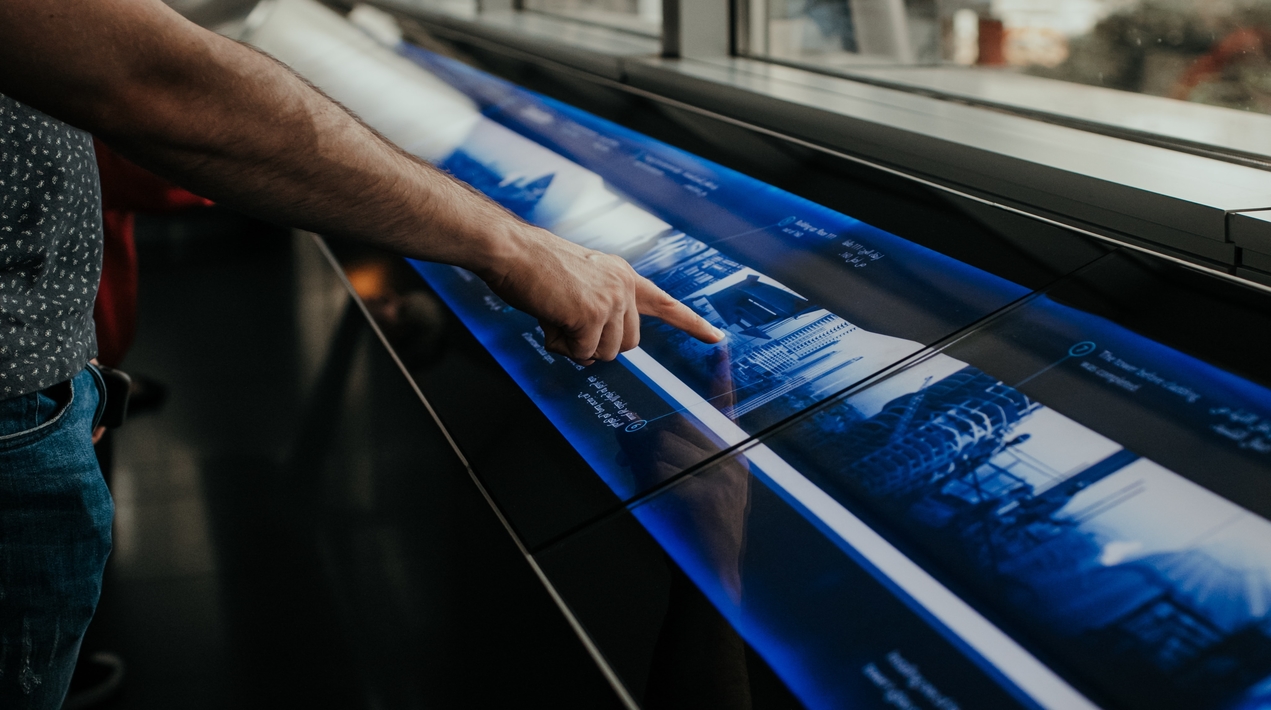
Malaysia must seize digital transformation opportunities, which are key for the country’s economic recovery efforts and can support the nation’s future economic resilience, according to the Minister in the Prime Minister’s Department (Economy).
Under the country’s MyDigital initiative, Malaysia aims to become a technologically advanced digitally-driven country and a regional leader in the digital economy by 2030, the Minister said, adding that the digital economy is expected to contribute 22.6% to Malaysia’s gross domestic product and create 500,000 new jobs by 2025. The government aims to have 875,000 micro-, small and medium enterprises embrace digital e-commerce by 2025, and aims to bring 80% of public service online by 2025.
In view of these goals, the Malaysia branch of a multinational technology corporation and the oldest mobile telecommunications provider in Malaysia have sealed a Memorandum of Understanding (MoU) to develop and advance a Digital Service Experience Centre together.
The DSEC will be relying on the tech firm’s Customer Experience Management (CEM), Geolocation and Analytics platform. It will be constructed to help visualise an interactive workspace through high-level technical cooperation, which includes daily operations, improving network experience, strengthening marketing insight capabilities, and enhancing personnel capabilities to accelerate digital transformation.
The MoU between the two companies was signed by the Chief Executive Officer of the Malaysian telecom and on behalf of the other tech firm was its Chief Executive Officer in a ceremony in Barcelona during the Mobile World Congress (MWC 2022). Commenting on the collaboration, the Malaysian telecom’s CEO stated that they are excited to collaborate with the telecom in the implementation of an advanced customer-centric Digital Service Experience Centre which will be powered by data and analytics, to enhance the digital experience for all customers from all walks of life.
The telecom has been proactive in leading innovations by adopting best practices and the latest technologies in collaboration with key strategic industry leaders. They look forward to collaborating with the China-based firm and setting new benchmarks for digital customer experience in Malaysia, the CEO stated. The collaboration will see the technology company rendering support and resources to deliver the DSEC and provide consultations to maximise the potential of the platform, supporting the Malaysian telecom’s drive in delivering a consistent digital experience for all Malaysians.
Meanwhile, the CEO of the Malaysian branch of the tech firm stated that in this digital era, there is a need to make use of intelligent technologies and advanced analytics to enable a more efficient, error-free and proactive approach to solve business needs. They also believe in continuously investing in research and development to provide our partners with innovative solutions to improve user experience, he noted.
The tech company will also be working closely with the Malaysian telecommunication provider to further develop talent competency by providing a framework of network experience improvement as well as facilitating digital upskilling for the Malaysian telecom employees via an integrated model of training. The company has made a long-standing commitment to working closely with its partners to support Malaysia’s digital industry development.
















